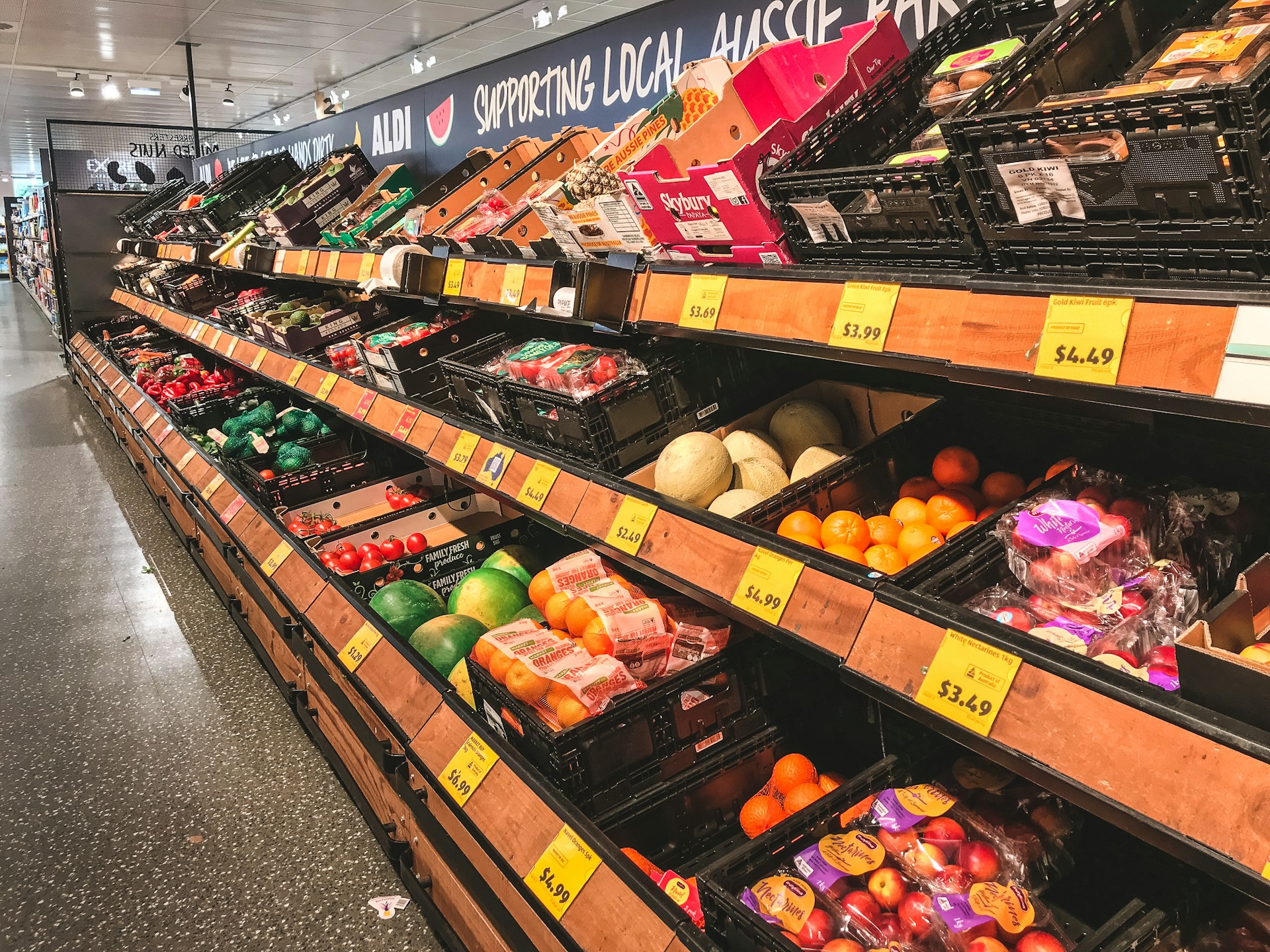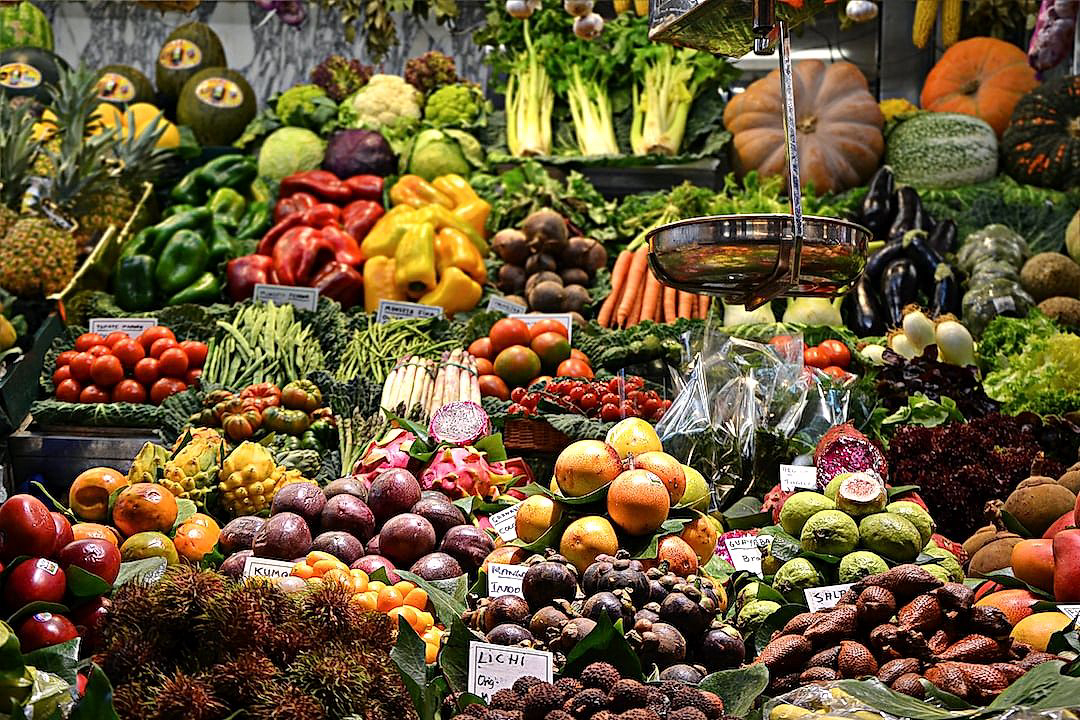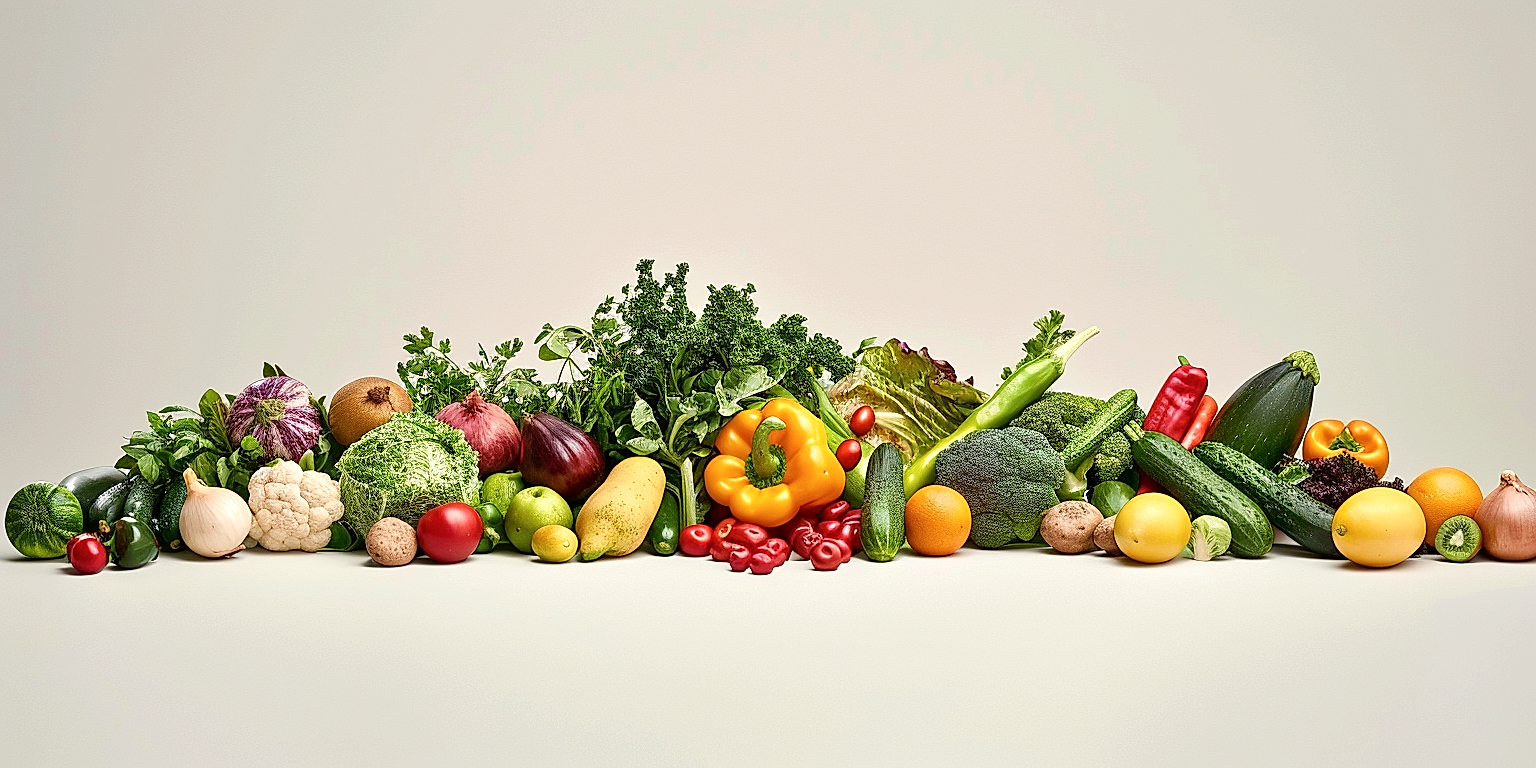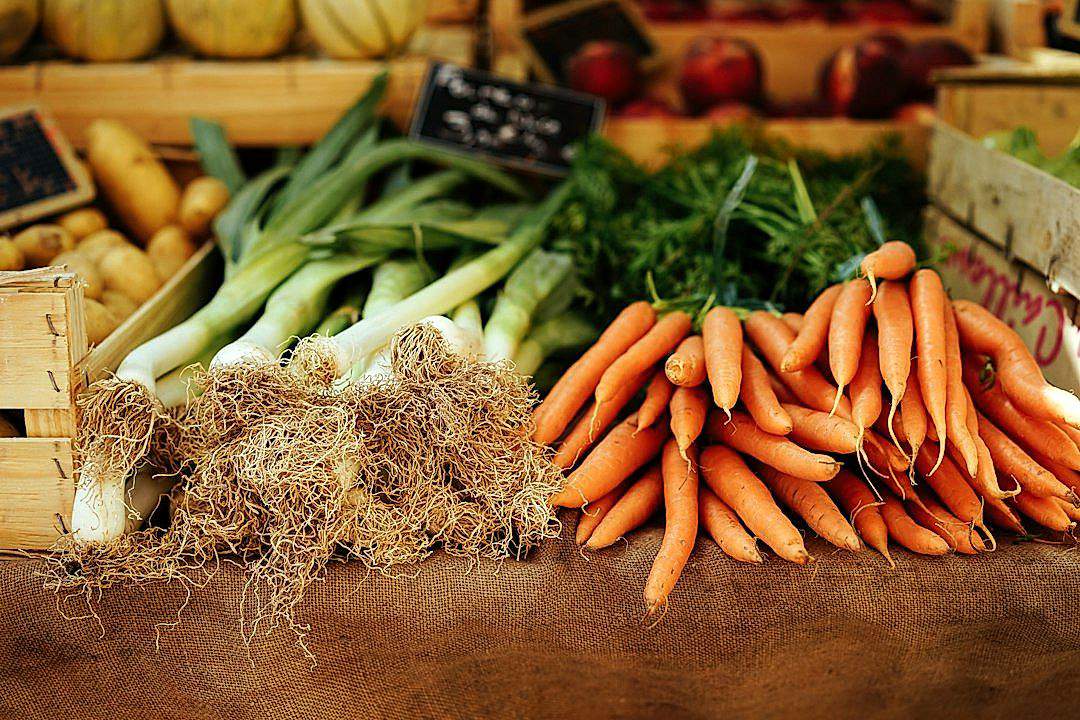Understanding your industry landscape is a crucial aspect of business success, especially in the retail sector.
A formal term for this is competitive analysis – the process of identifying your competitors and evaluating their strategies to determine their strengths and weaknesses relative to your own.
This becomes even more important when dealing with perishable goods, as in the case of produce retailers such as fruit and veggie sellers.
A well-executed competitive analysis can provide valuable insights that lead to practical strategies.
This process is critical for your survival, growth, and profitability.
Detailed below are some key tips to effectively analyze your competition and navigate through the complex and dynamic retail produce market.
Competitive Analysis Tips For Produce Retailers
1. Monitor competitors’ pricing strategies regularly
In the competitive world of produce retail, understanding your competitors’ pricing strategies can make a significant difference to your business success.
It is crucial to monitor these strategies on a regular basis to stay ahead of the curve and remain competitive.
One way to do this is to pay close attention to competitors’ weekly ads, which usually highlight their pricing decisions.
These promotions often reflect changes in their pricing strategies, allowing you to gauge their approach to pricing and adapt accordingly.
Regular monitoring of your competitors’ pricing strategies can provide invaluable insights into their business approach and help you make necessary adjustments to your own pricing model.
Additionally, consider using online tools and software that can help you track your competitors’ prices in real-time.
Such tools can offer a detailed comparison of your prices with those of your competitors, thereby providing a clearer picture of your pricing position in the market.
One other effective technique is to conduct ‘mystery shopping’ in your competitors’ stores to acquire firsthand information about their pricing tactics.
Understanding the pricing strategies of your competitors can also give you an idea of how they perceive the value of their products, which may further shed light on their brand positioning.
Remember, while it’s important to remain competitive, your ultimate goal should be to offer great value to your customers.
Therefore, it’s essential not to lose sight of quality while trying to match or beat competitors’ prices.
Keep in mind that regularly analyzing your competitors’ pricing strategies offers insights not only into their business model but also into customer behavior.
Knowing what your customers are willing to pay for certain items can help you optimize your pricing strategy based on market demand.
Finally, regularly reviewing and adjusting your pricing strategies based on your competitors’ moves can keep your business growth steady and ensure you provide the best value to your customers.
By understanding and adapting to the signals from the market, you can build a pricing strategy that propels your retail business forward.
2. Analyze Competitors’ Customer Engagement Tactics
In today’s hyper-competitive retail environment, understanding how your competitors engage with their customers is crucial for the success of any produce retailer.
Knowing the customer engagement strategies of your competitors can offer valuable insight and help you fine-tune your own approach.
A systematic analysis of your competitors would provide clues about the effectiveness of their customer loyalty programs, after-sales services, customer communication, and overall customer experience.
Studying your competitors’ engagement tactics and strategies can give you a better understanding of what customers value in your industry.
The focus should be on gaining insights that you can use to improve your own customer engagement approaches, rather than trying to mimic your competitor’s strategies.
For instance, observing how competitors engage customers in real-time, particularly their response time and quality, can significantly improve your own customer service standards.
Further, listening to the voice of your competitors’ customers on social media, blogs, and review sites can provide invaluable data about their experiences and expectations.
These insights can help you tailor your approach to match or better yet, exceed the level of service that your competitors offer.
Communication with customers is another aspect to analyze. Understanding how competitors communicate with their customer base can help you tailor your own communication strategies to resonate better with customers.
The frequency, the tone, the platforms used, the content shared, all contribute to the overall customer experience.
Investigate how competitors foster customer loyalty. Loyalty programs, rewards, discounts, and promotional offers are some customer engagement tactics retailers use to foster customer loyalty, which can be analyzed and adapted to suit your own retail strategy.
If implemented wisely, these strategies can increase customer loyalty and contribute to long-term profitability.
Dig deeper into your competitors’ after-sales services. This often gets overlooked, but it’s a significant factor impacting customer satisfaction and loyalty.
While you analyze the customer engagement strategies of your competitors, also look for any gaps or shortcomings in their approach.
Critical analysis of these shortcomings can help you turn them into your strengths and offer an unparalleled customer experience.
The whole idea behind competitor’s customer engagement analysis is not about copying, but learning and innovating, and eventually offering a better service or product to your customers.
3. Study competitors’ product variety and freshness.
When undertaking a competitive analysis, every aspect of product offerings matters.
In the produce industry, the variety and freshness of goods available significantly determine customer purchasing decisions.
Therefore, a thorough understanding of your competitors’ product assortment is critical.
Not only does this allow you to identify any gaps in your own offerings, but it also gives you an insight into the strategies they are using to attract and retain customers.
Understanding the dynamics of product variety and freshness in your competitors’ approach can give you a valuable competitive edge, by informing your inventory management and enabling you to predict market trends better.
The goal here isn’t just to copy the product range or freshness approach of your competitors, but to understand what works for them, and how it could work for you.
This requires not just a one-off analysis, but ongoing monitoring of your competitors’ product line-up.
Are they always introducing new products?
Do they have a rotating roster of goods depending on the season?
How quickly do they replenish their stocks, and what mechanisms are in place to ensure optimal freshness?
These are all important questions that can inform your own strategies.
For instance, if a competitor is successful with a particular product assortment during a certain season, you can consider whether a similar approach might work for your store.
On the flip side, if you notice that a competitor consistently has issues maintaining freshness in certain products, it could identify an area where you could potentially gain an advantage.
Regularly observing and studying your competitors’ product variety and freshness will give you a deeper understanding of the competitive landscape for stable growth.
Comparative analyses should form a central part of your business strategy, and product assortment and freshness is an essential component in this process.
Analyze, learn, and implement – this is the way to stay ahead of the curve in the competitive produce industry.
4. Benchmark against competitors’ promotional strategies.
Understanding and analyzing your competitors’ promotional strategies can provide valuable insight into what works within your industry and what approach may attract more customers to your products.
By closely examining these strategies, you can benchmark your promotional efforts against your competitors and gain a competitive edge.
These strategies can include everything from in-store promotions, digital promotions, loyalty programs, seasonal sales, bundling, cross-selling, and more.
Your competitors may have already done the legwork of testing various tactics, and you can benefit indirectly from their efforts.
In this regard, benchmarking enables you to assess your promotional strategy’s efficiency and effectiveness relative to competitors.
It’s important to conduct a thorough analysis to identify key trends, successful techniques, promotional timings, and perhaps even the promo mechanics your competitors are using.
Moreover, understanding your competitor’s promotional tactics can shed light on gaps within your current promotional strategy.
You may realize that they’re offering something you’re not, such as free samples, discounts on bulk purchases, or personalized promotions based on shopping habits.
All this knowledge can be a potent tool for shaping your promotional strategies, offering more value to your customers, attracting new ones, and ultimately growing your market share.
Make sure also to consider your competitors’ failures in promotional strategies, as these will offer valuable lessons for what to avoid in your promotions.
Benchmarking will not only show you the path your competitors are taking, but it also provides you with an opportunity to develop a unique promotional strategy that sets you apart in the marketplace.
It’s crucial to balance between learning from your competitor’s strategies and creating original promotional strategies that cater to your unique customer base and product offerings.
In doing this, your promotional strategy will embody both best practice and innovation, which can set you apart from your competition.
Armed with the knowledge of your competitors’ promotional strategies, you can take steps to improve and innovate your own, making your products more appealing and your company more competitive in the marketplace.
Ensure understanding competitors’ promotional strategies should be a continuous process, as companies regularly update their strategies to adapt to market changes and customer demands.
5. Keep track of competitors’ store layout designs.
For any produce retailer, the layout design of their store plays a significant role in influencing customers’ buying decisions.
Therefore, it is crucial to keep track of competitors’ store layout designs to understand and implement proven strategies.
Produce retailers should frequently visit competitor stores, conduct casual surveillance of the store layout, and keep notes on their findings.
Through this exercise, retailers can gain insights into how competitors are encouraging traffic flow, managing space for displays, and explaining products.
Besides, it’s also worthwhile to focus on knowing if competitors’ layout designs are encouraging customer interactions with the products or facilitating quick, convenient transactions.
Equally important is to notice the placement of similar products or brands in competitor stores versus their own.
For instance, are they putting seasonal fruits at the entrance to grab customer attention or placing vegetables near staples to encourage impulse purchases?
By comparing such aspects, the retailer can identify possible improvements in their current layout designs.
Moreover, studying competitors’ layouts can expose the retailer to new and innovative merchandising ideas that they might not have considered.
An effective layout design should guide customers naturally around the store, promoting the discovery of new produce and maximizing visibility of promotional displays.
It’s also essential to track any changes that competitors make to their store layout design and analyze the potential reasons behind those changes.
For instance, if a competitor suddenly starts displaying exotic fruits at the entrance, it may indicate that they are trying to attract a more affluent market segment.
Understanding these tactics could uncover unseen opportunities for the retailer to capture additional market share.
Lastly, while it’s necessary to keep a close eye on competitors, it’s equally, if not more important, for retailers to stay true to their brand’s message and ensure their store’s layout aligns with that image.
Remember, the goal is not to copy competitors but to leverage their strategies to create an enhanced shopping experience for your customers.
The Bottom Line
Having performed a comprehensive analysis of competitors’ approaches, it is evident that monitoring pricing strategies, studying customer engagement methods, considering product variety and freshness, benchmarking promotional strategies, and staying aware of store layout designs are critical factors in staying competitive in the market.
These aspects not only give unique insights into direct competitors but also provide a template for what works and what doesn’t in the industry.
Thus, these considerations will inevitably lead to more educated business decisions, a greater understanding of industry trends, and ultimately, foster a stronger competitive position in the market.




